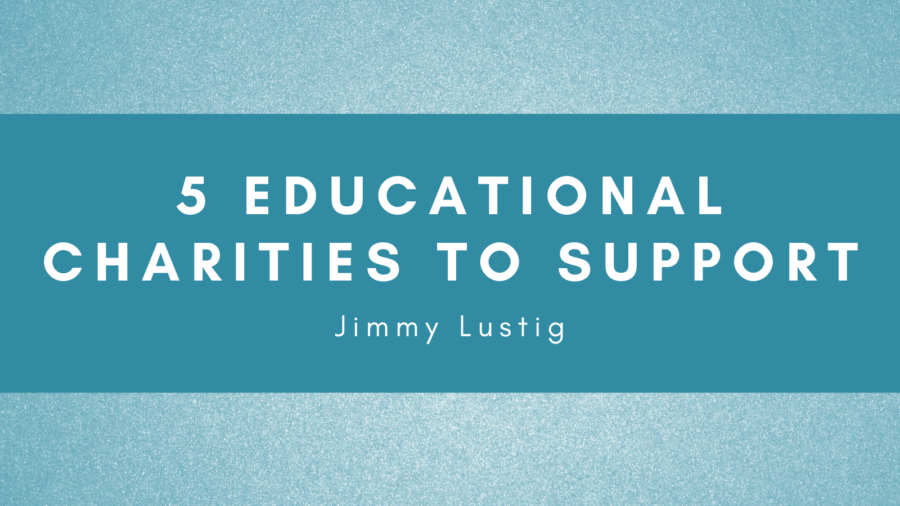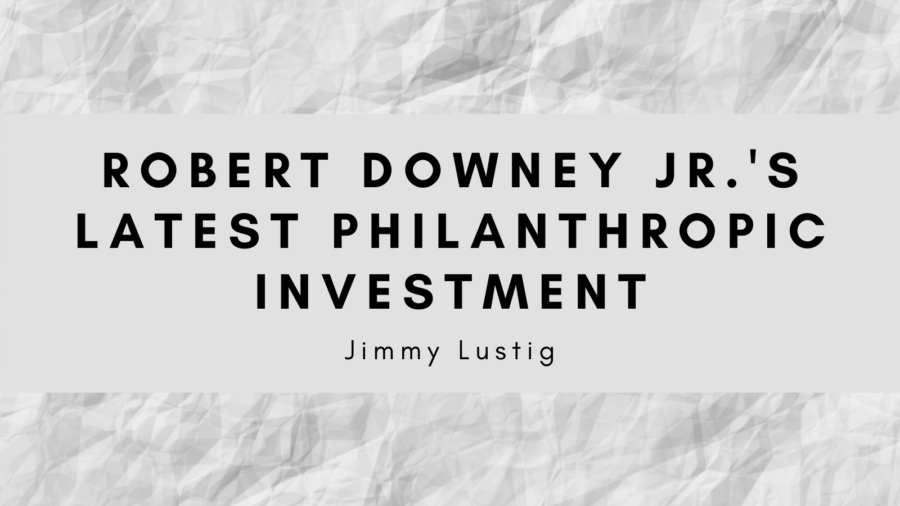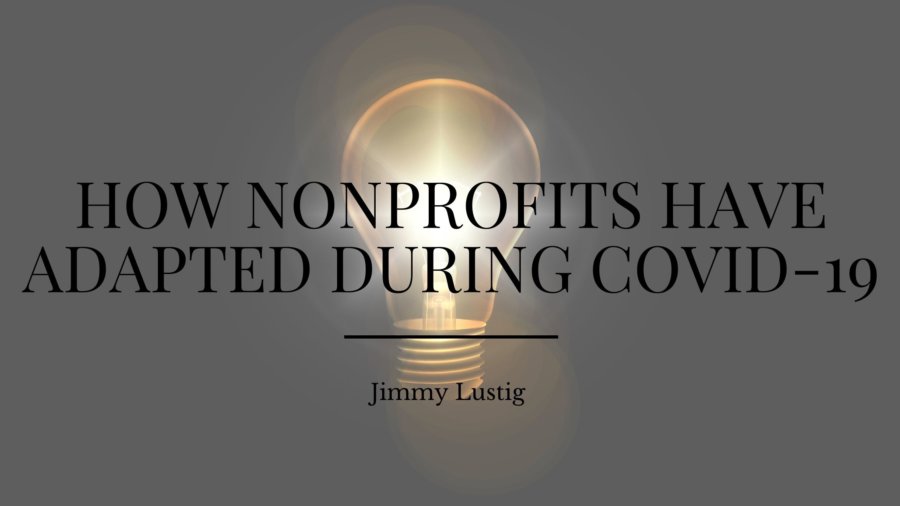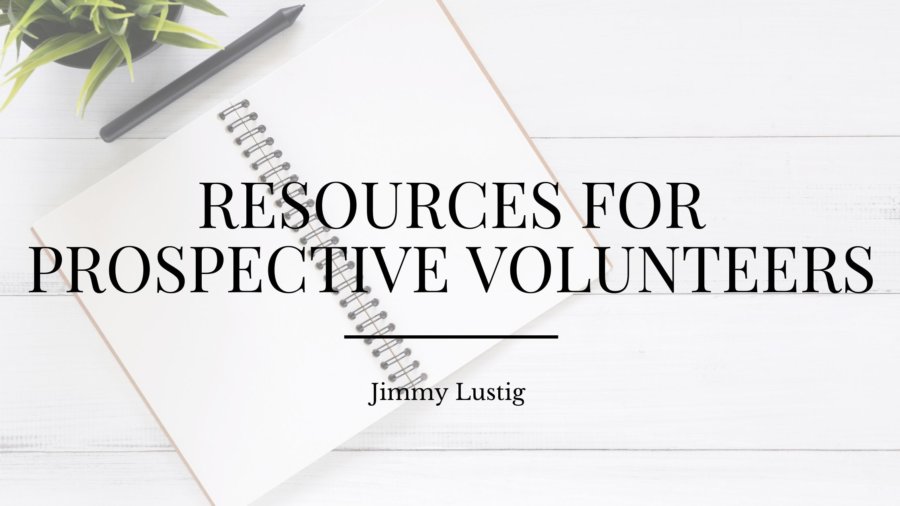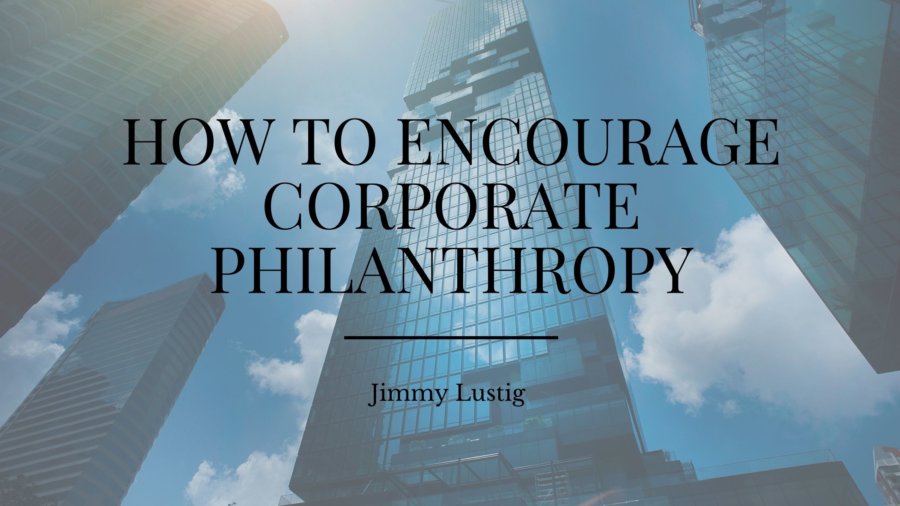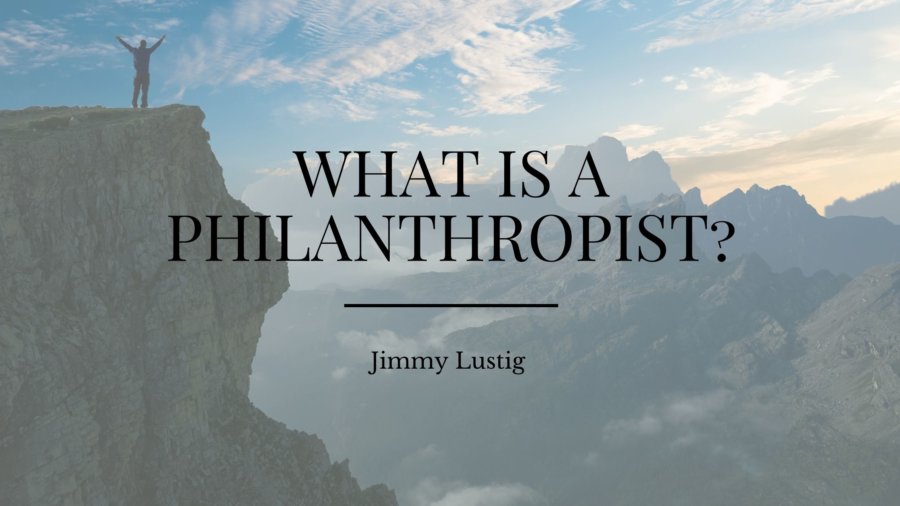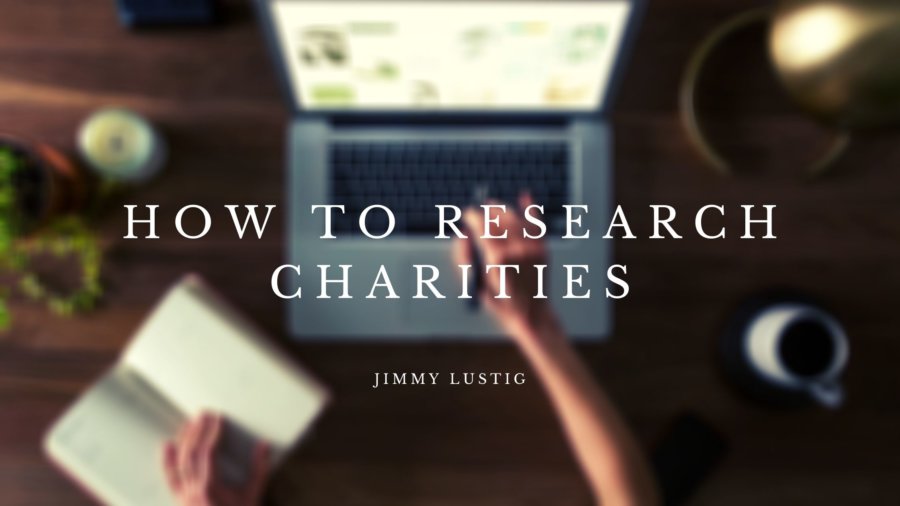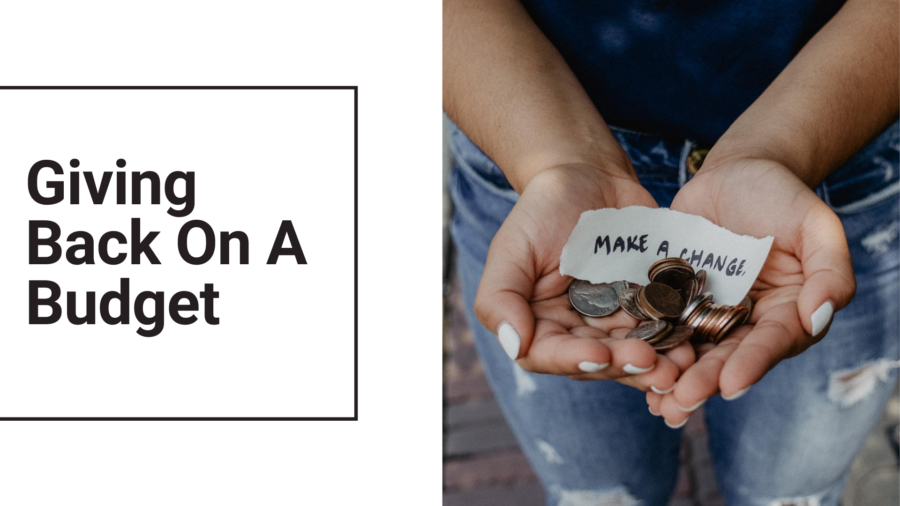Pebbles Project
The Pebbles Project assists disadvantaged children in the West Cape of South Africa. Their website boasts that their primary focus is education, health, nutrition, community, and protection.
Support for this charity helps pregnant mothers and goes well into taking care of the children until they enter the workforce, prepping them for success.
Lightyear Foundation
This charity places heavy emphasis on teaching and educating children on STEM wonders in the United Kingdom. STEM stands for science, technology, engineering, and mathematics.
The Lightyear Foundation emphasizes children with disabilities. Many of their programs and activities cater to the disabled. The Lightyear Foundation encourages them to consider STEM as a career path.
Mobile Education Partnerships
Mobile Education Partnerships, or MEP, is a charity based out of Myanmar. Many of the displaced communities in South East Asia rely on their support. MEP produces textbooks, trains teachers, and runs many projects to bring education to children in refugee camps and other war-torn areas.
The Turing Trust
Focused in Africa, the Turing Trust is a charity that teaches information technology to students in the countries of Ghana and Malawi. Their educational efforts have successfully reached over 55,000 students. They have also provided over 5,700 computers across many African classrooms.
Their efforts also target teachers to enable them to incorporate technology in their lessons as a teaching aid.
Recently, this charity has also extended its efforts into the United Kingdom to support students living through the pandemic with laptops.
Life Skills Educational Charity
The Life Skills Educational Charity is out of the United Kingdom. Their objective is to help children become socially conscious and aware of knife crimes, drugs, and the practice of cyberbullying.
Studies conducted by Nottingham University show that children who go through the program are more likely to seek help. They also yielded greater results in communication and listening compared to other control groups.
Conclusion
Children are a wonderful investment, and these fantastic organizations are working hard to enrichen young lives across the globe.

